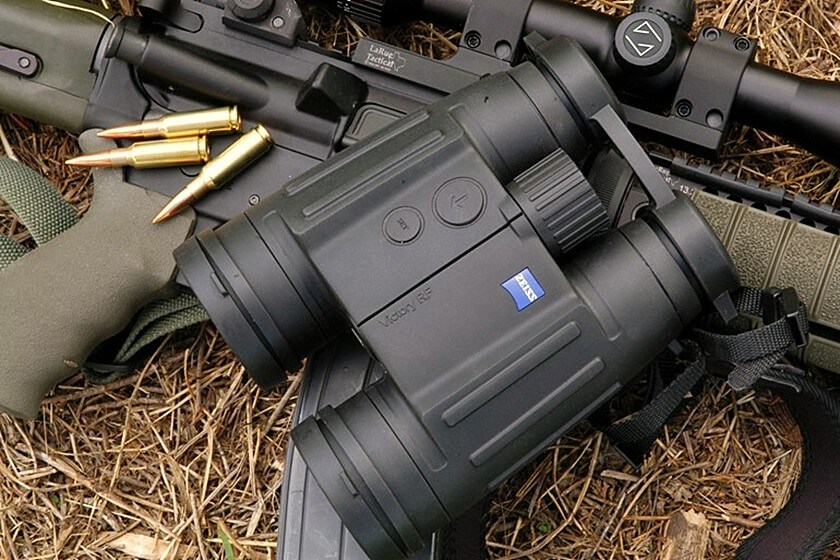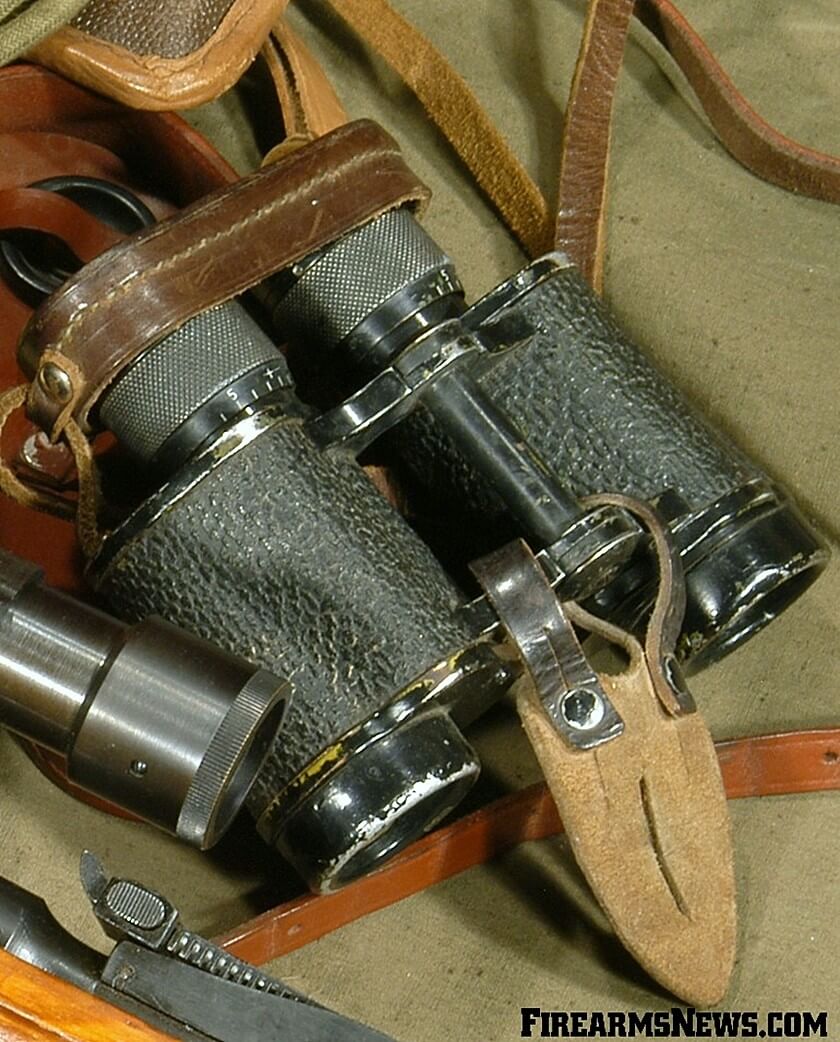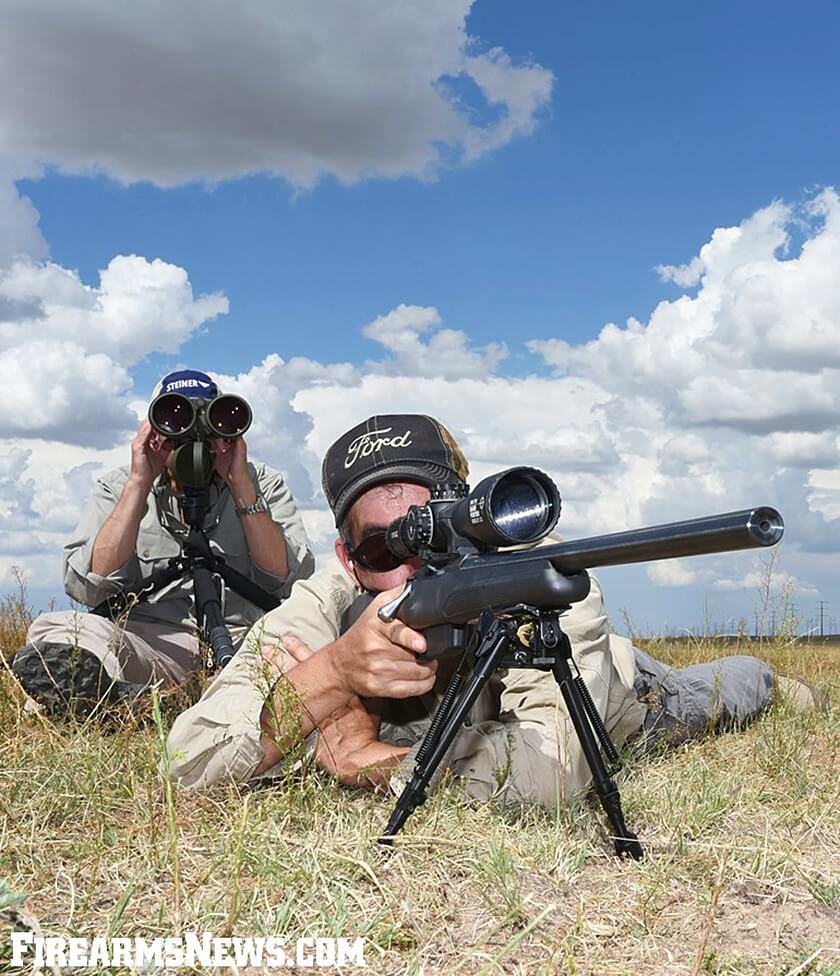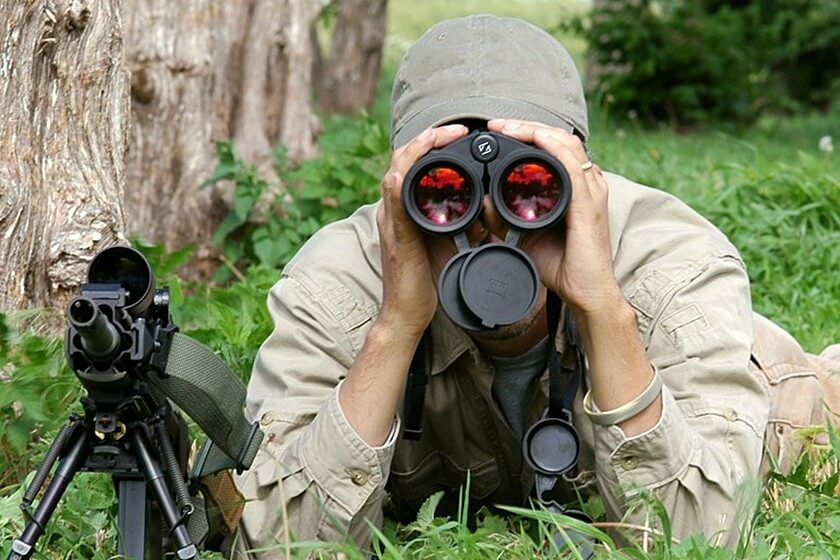Top Tips For Picking The Right Binoculars
Posted by David M. Fortier on 5th Jul 2022
Binoculars can be an incredibly useful tool, but only if you pick the right ones for your particular needs!
By David M. Fortier
Binoculars can be an invaluable aid and useful tool when properly matched to the task. Having the wrong binoculars, however, can be not only frustrating but in certain situations even dangerous. The key is to match your optics to what you’re going to be using them for. The goal of this article is to help you understand binoculars a little better, so you can pick the right optics for your needs.
The million-dollar question is, of course, what you will be using them for, and where you will be using them. The person elk hunting in the mountains is going to desire something different than the commercial fisherman. Size, weight, magnification, objective lens size, and binocular design all must be considered. So, let’s get started with the basics.
Binoculars are described according to their magnification and objective lens size. A 7x40 binocular has 7x magnification and a 40mm diameter objective (front) lens. A 10x50 has 10x magnification and 50mm objective lens. Theoretically, higher magnification will allow you to see further, while larger objective lenses will provide better resolution and a brighter image during lowlight use. However, like everything else, there are certain trade-offs.
The higher the magnification the narrower the Field of View, and the larger the objective lenses the heavier the binoculars will be. Everything is a balancing act when it comes to optics. The trick is to trade what you do not need for what is important for your application. For example, the elk hunter needs a set of lightweight binoculars he can carry all day without becoming a burden. Yet, they will also need to have good lowlight performance for dawn and dusk use, and high enough resolution to evaluate an animal's rack size. Weight and size are not concerns for the commercial fisherman as they'll sit in the wheelhouse until needed. However, maritime binoculars will need to have good sealing, and enough magnification to read distant numbers easily while on a pitching vessel.

This brings us to our next question, what type of binocular is best for you? The two common binocular designs are the Porro Prism and the Roof Prism. Each type has certain strengths and weaknesses. The Porro Prism tends to have a larger Field of View with excellent depth perception. They are noted for a Stereoscopic 3-D like effect where objects at different distances stand right out. Plus, once they are focused at a distance of 25-30 yards they do not require refocusing at other distances. Porro Prism designs tend to be more affordable than Roof Prism binoculars. However, due to their design, they are also larger and bulkier than Roof Prism models.

The Roof Prism is a much more sophisticated design allowing them to be smaller and more compact. However, Roof Prism binoculars are also much more difficult to manufacture requiring more work and effort. They also require perfect alignment and precision lens coating to reach their potential. So, a quality set of Roof Prism binoculars will be more expensive than an equal set of Porro Prisms. Due to the nature of the design, they will also need to be constantly refocused at different ranges of viewing. Their main attraction is their smaller size and less bulky design. While newer Porro Prisms designs have been improved with smaller housings made possible by changing the prism alignment, Roof Prisms are still smaller and less bulky.
Binoculars generally run in magnification from 6x to 20x and sometimes even more. The two main tradeoffs with increased magnification are a smaller Field of View, and amplification of any unsteadiness in your hold. Heat mirage can also become a problem once you get over about 12x. For all-around use, 7-8x is typically to be preferred, with 10 to 12x being the upward useable limit. Binoculars with more magnification than this are usually intended for specialized tasks, and reach their full potential only when mounted on a tri-pod.
6x30s were standard issue to German snipers during World War II. However, they were often traded for larger 10x50s. While 6x binoculars are blessed with a wide Field of View, they are a bit lacking in magnification. I believe that 8x is a good compromise, however, your particular situation may require more magnification. Keep this in mind, use the right tool for the job. If you find yourself needing significantly more magnification, what you really need is a spotting scope.

Precision binoculars with large objective lenses can be amazingly effective in lowlight conditions. A quality binocular will allow you to see surprisingly well under a full moon. Often referred to as the “poor man's night vision”, precision binoculars will allow you to view things at dawn and dusk when you can't see it with the naked eye. Now keep this in mind, mini binoculars with small 20-25mm objective lenses typically have poor lowlight performance. 40-42mm objective lenses can offer good performance without a substantial size and weight penalty. 50-58mm lenses are required to get really superior performance, but their size and weight may offset it.
To be effective your binoculars must process the transmitted light into an image the same diameter as your eye's pupil. Your pupil may be only 3mm in daylight, but in lowlight it will dilate to 5.5 to 7mm. Many optical devices cannot produce a circle of light this large, leading to poor lowlight capability. So, the size of a device's light image, referred to as its Exit Pupil, is very important. Luckily though, the Exit Pupil is easily calculated by dividing the objective lens diameter by its magnification. For example, a 10x50 has an Exit Pupil of 5mm, and a 7x42 has an Exit Pupil of 6mm.
The most important thing to keep in mind when using a formula is they only take into account lens size and magnification, not the quality of the lenses and lens coatings. It is the quality, not the size of the lens that is most important. Lenses are coated to improve light transmission and reduce glare. Multiple lens coatings will allow increased light passage over a single, or no lens coating. Precision lenses will feature from three to seven coatings, each one an expensive and complicated process. Quality coatings on high-end lenses will give you an image that is impressively bright and clear.

Well-made lenses will have no peripheral distortion, meaning that they are as clear at the edges as they are in the center. They will also have excellent acuity. Acuity is the ability of an optical instrument to resolve an image so that the minutest details are visible. To discern the acuity of a pair of binoculars take them outside and look at a distant detailed object. Look for how much detail is visible. There is a difference between high-end lenses and cheap glass. However, technology has continually improved and even less expensive designs can provide more than acceptable performance for your average user. Precision optics are usually very expensive. Are you willing or able to spend that kind of money? Or, are your needs met with a more economical brand and model? Only you can decide what is best for your budget.
So, with all that said, here are my recommendations. If you will be hiking or hunting and do wish to add the weight of a set of binoculars, but might want to take a closer look at something consider a compact pair. Something like an 8x21mm which will tuck away into a pocket and only weigh about 6-8 ounces. If you are going to be hiking and want something fairly light and compact then you should consider an 8x30mm. These will give you a good blend of performance but will suffer a bit in lowlight. If you need a step-up in performance and size and weight isn’t critical then you should consider an 8x40 or 10x40. These are very versatile and a good all-around size. If lowlight is a concern I’d suggest an 8x56mm. Now, these are suggestions and only you can decide what is best for you.
About the author:
David M. Fortier has been covering firearms, ammunition and optics since 1998. He is a recipient of the Carl Zeiss Outdoor Writer of the Year award and his writing has been recognized by the Civil Rights organization JPFO. In 2007 he covered the war in Iraq as an embedded journalist.

